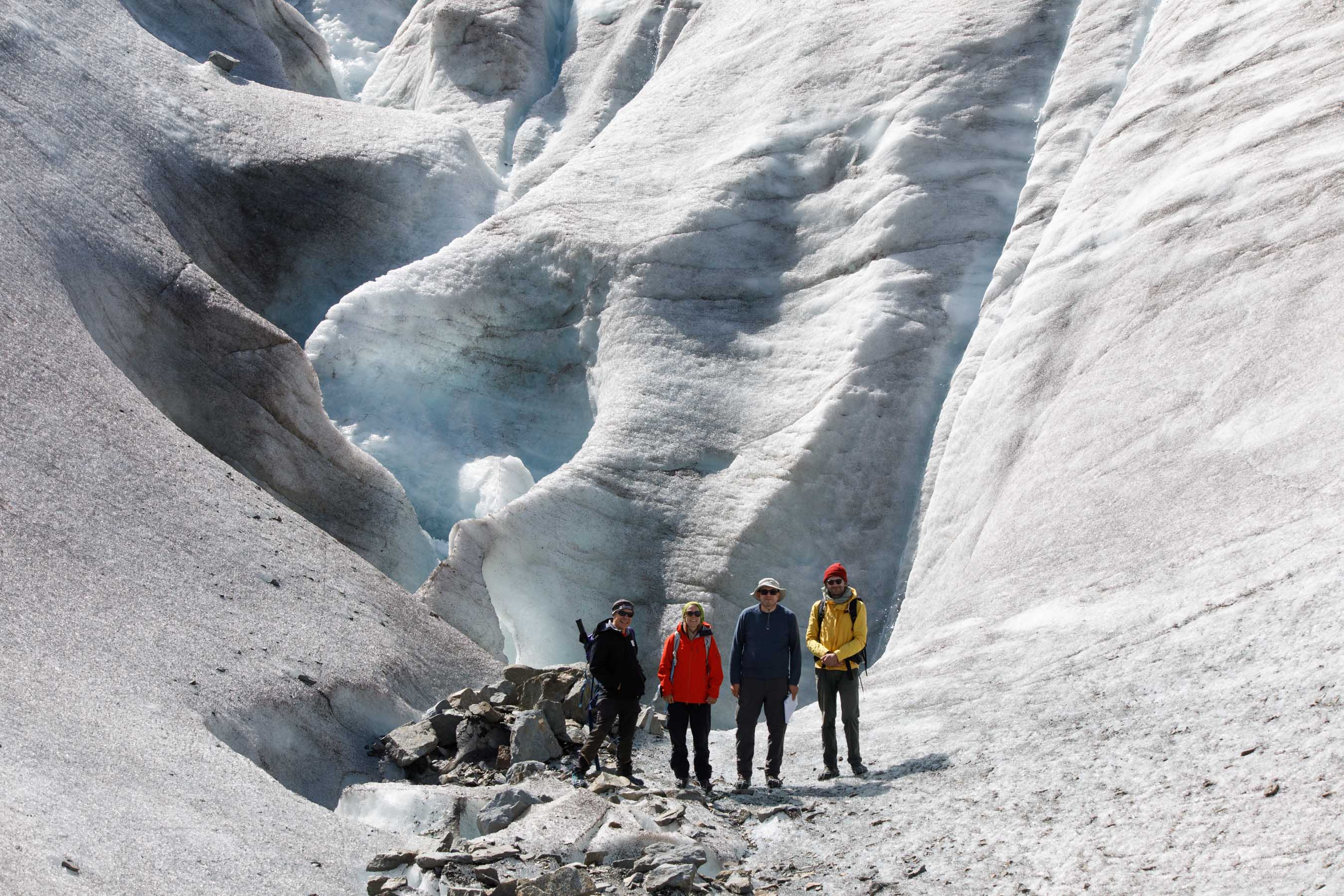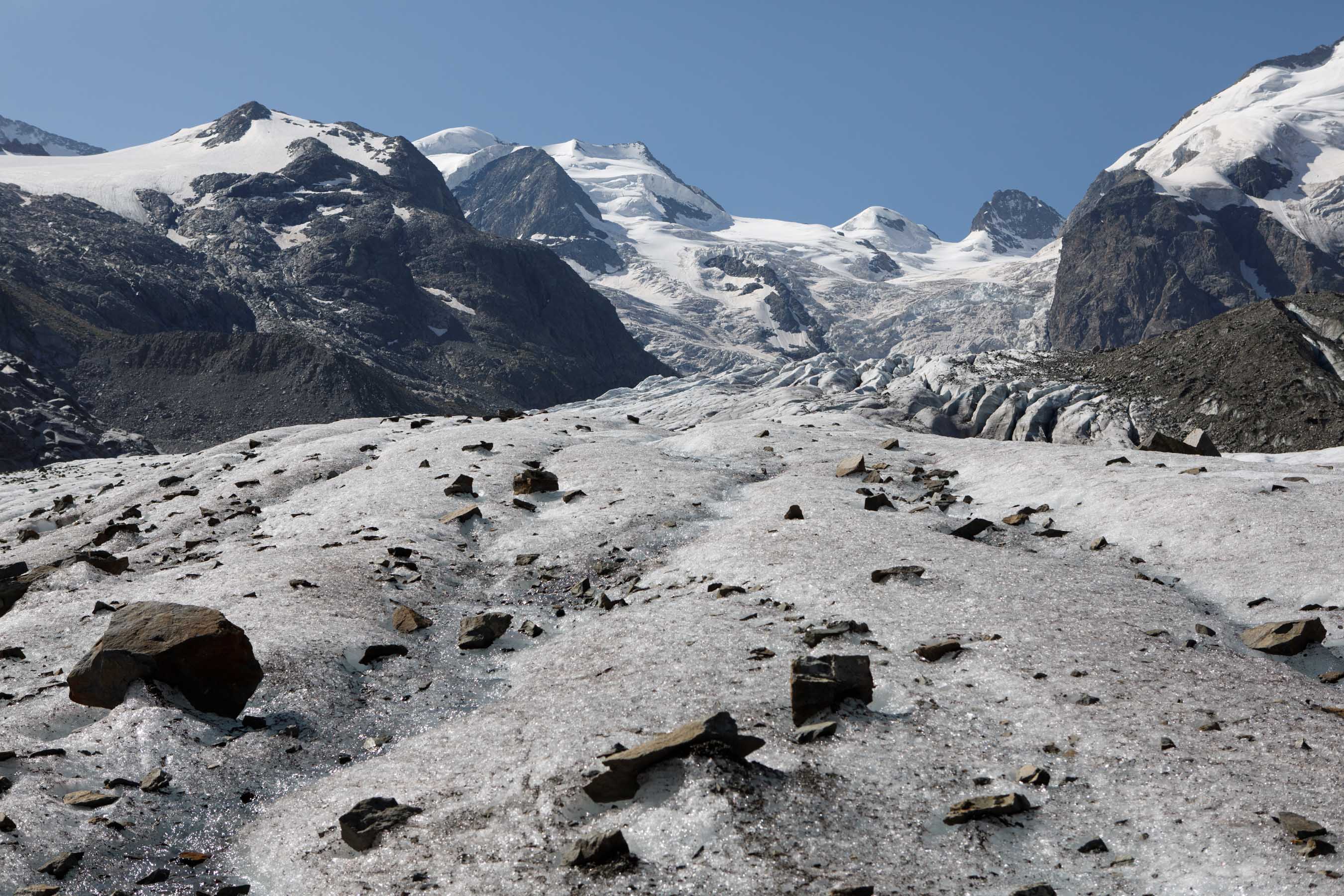Pass Lunghin (CH)
The Pass Lunghin is the most important triple point in Western and Central Europe. From here the water flows southwards into the Adriatic Sea (Mera-Po), eastwards into the Black Sea (Inn-Danube) and northwards into the North Sea (Gelgia-Rhine). The source of the Inn is not far from the pass.
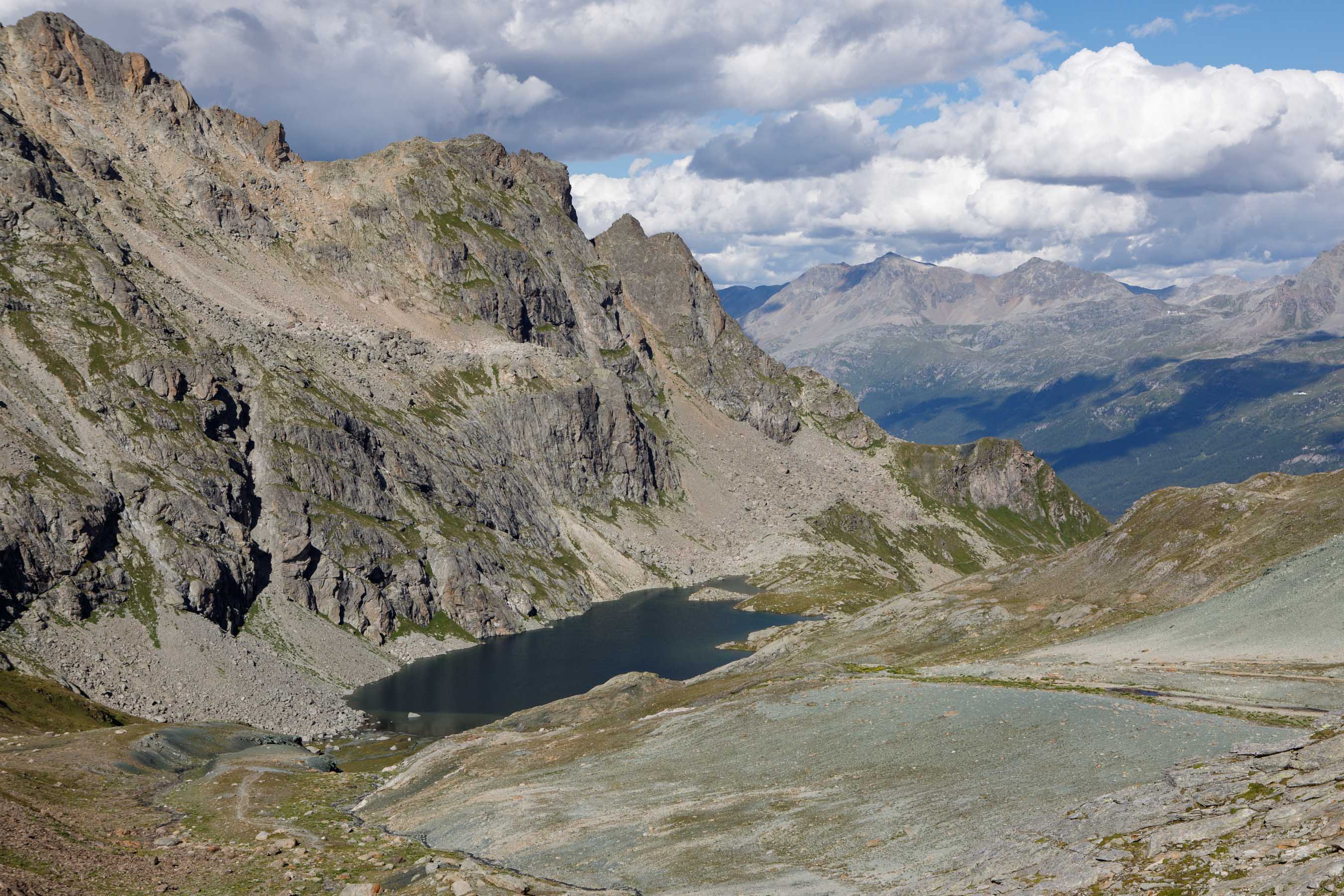
The triple point is located at the top of the pass at 2644 m above sea level. The Lunghin Pass has the peculiarity of connecting two other passes: the Maloja Pass (Val Bregaglia-Engadin) and the Septimer Pass (Val Bregaglia-Surses). The Septimer Pass has a rich history: the Romans already used it – until the end of the Middle Ages it was the most important Alpine crossing. It is therefore not surprising that numerous cultures meet in this varied area, which is the prototype for the entire Canton of Grisons.
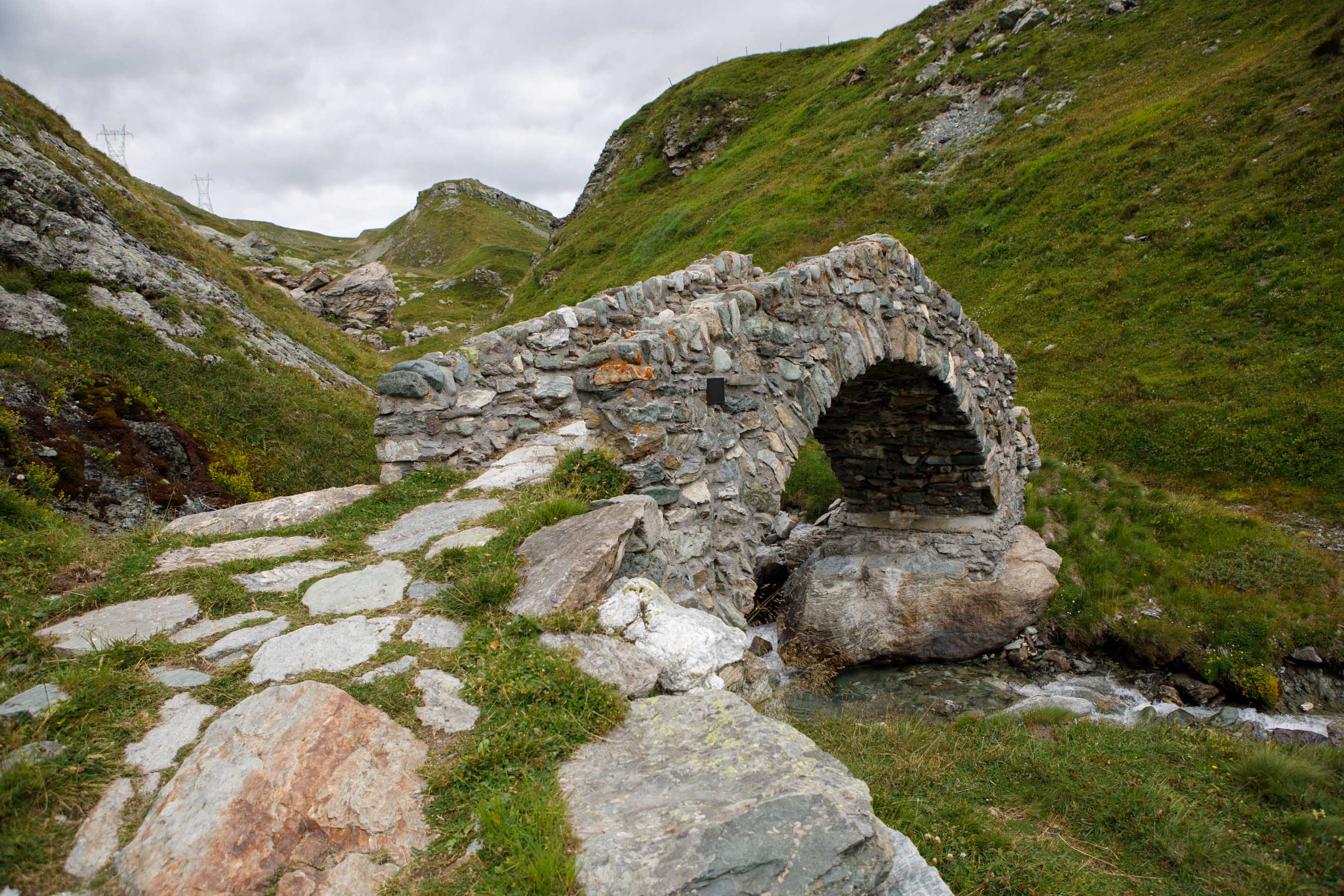
You can feel this best in the small village of Bivio on the northern ramp of the Septimer Pass, the only village in Switzerland to be officially trilingual: the approximately two hundred inhabitants speak German, Italian and Romansh, and they use several dialects. The originally dominant Italian, which was brought here from the Val Bregaglia by alpine farmers, is disappearing.
In the Val Bregaglia, we visited the mighty Albigna dam, where solar panels have recently started producing alpine solar power. Thanks to the strong irradiation and snow reflection, this works especially well here. The plant is owned by the electricity company of the city of Zurich EWZ, which uses all the Bregaglia water for its electricity needs.
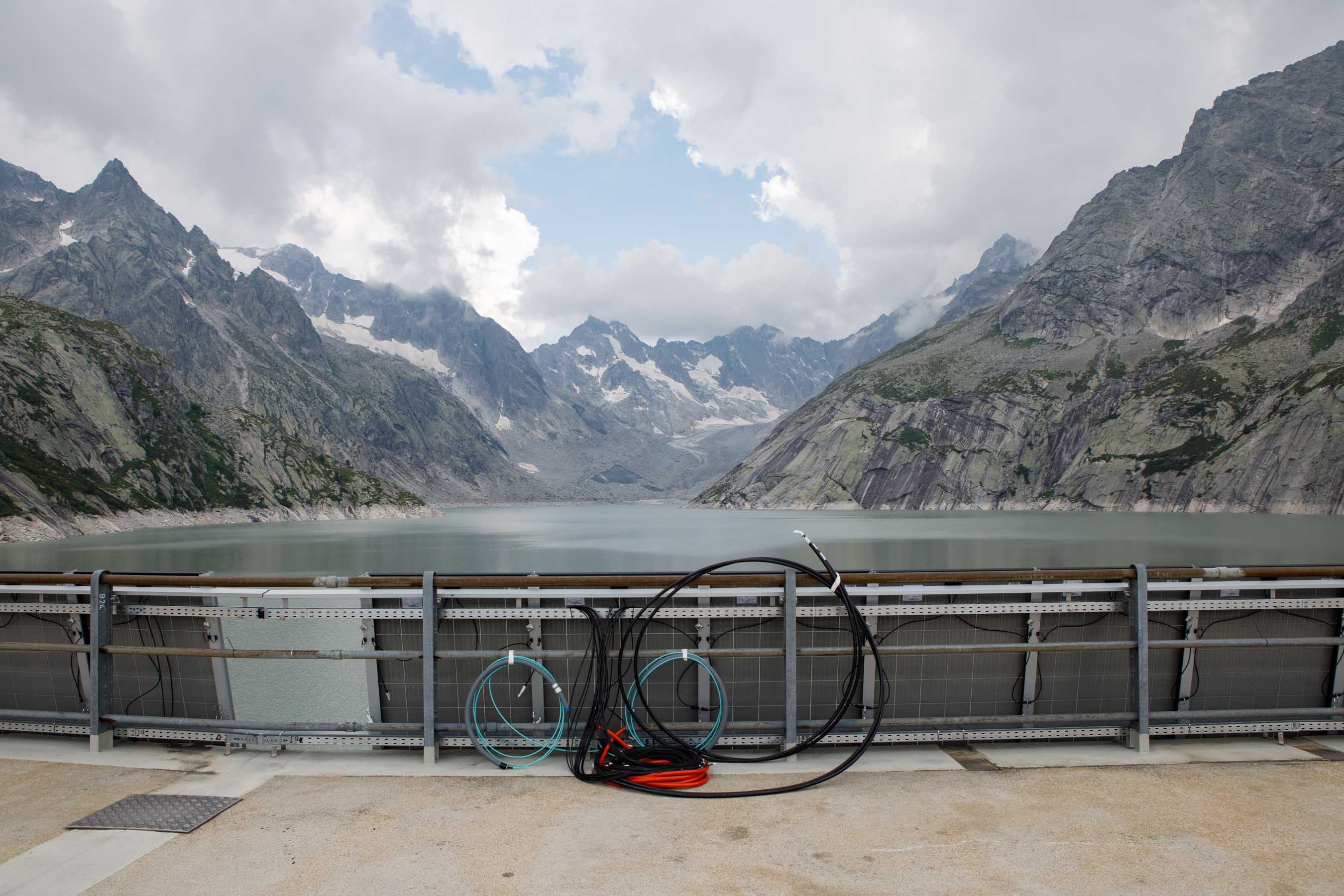
In the Engadin, too, we have been studying water and its power. Between Bever and La Punt, the Inn, which our ancestors had straightened almost everywhere to protect against flooding, has been revitalized piece by piece for several years now. A mammoth project, which is only possible thanks to nature conservation organizations and committed community representatives.
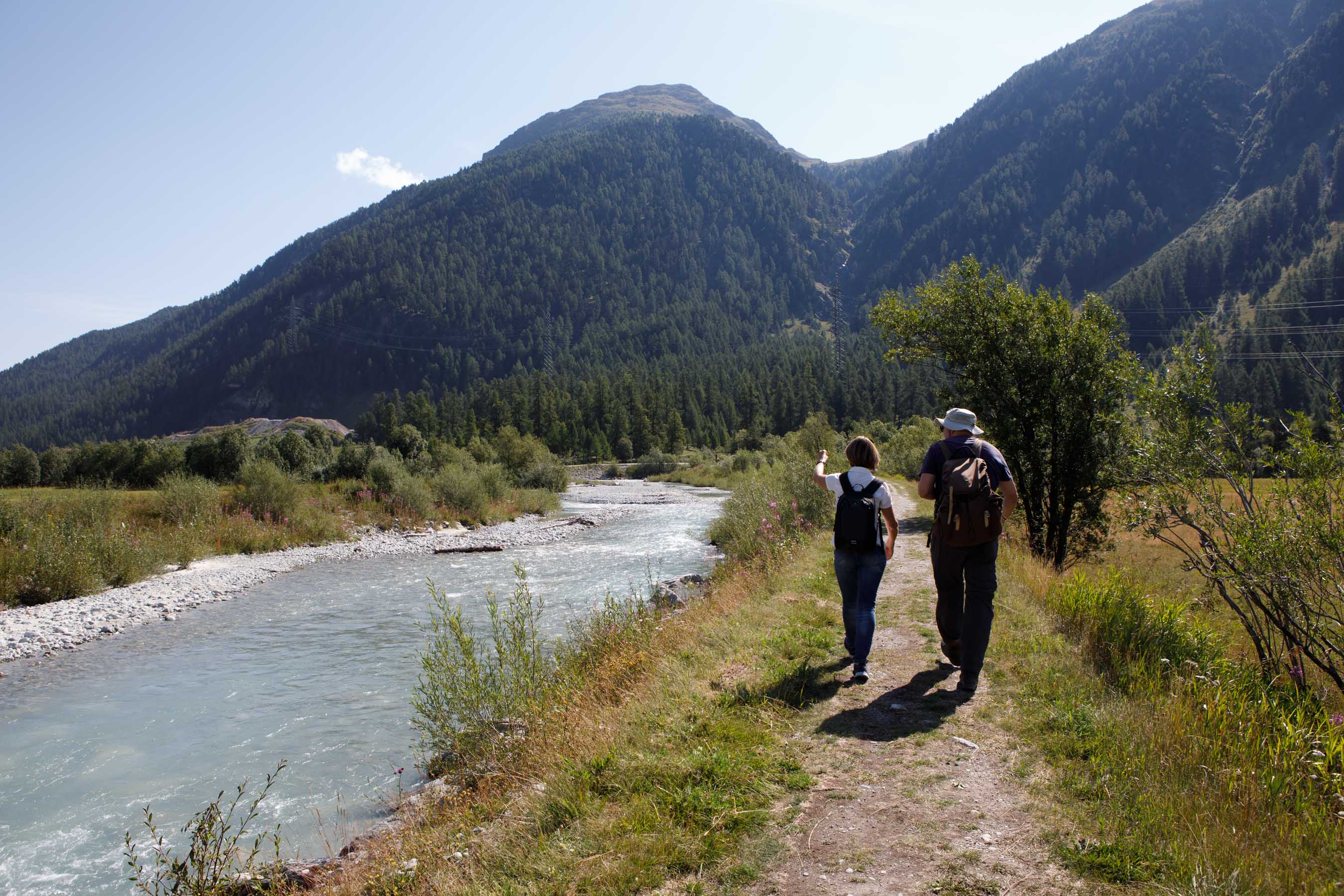
We have also been concerned with climate change and its consequences. In Pontresina, we visited the huge dams that the village has built to protect itself from thawing permafrost and the resulting mudflows.
In Val Morteratsch, the visionary glaciologist and violinist Felix Keller took us on a glacier tour. In a pioneering project, Keller wants to cover the Morteratsch glacier with large amounts of low-energy snow in the next few years in order to slow down its already advanced melting. The method could prove to be vital for the survival of villages in the Himalayas that depend on glacier melt water.
